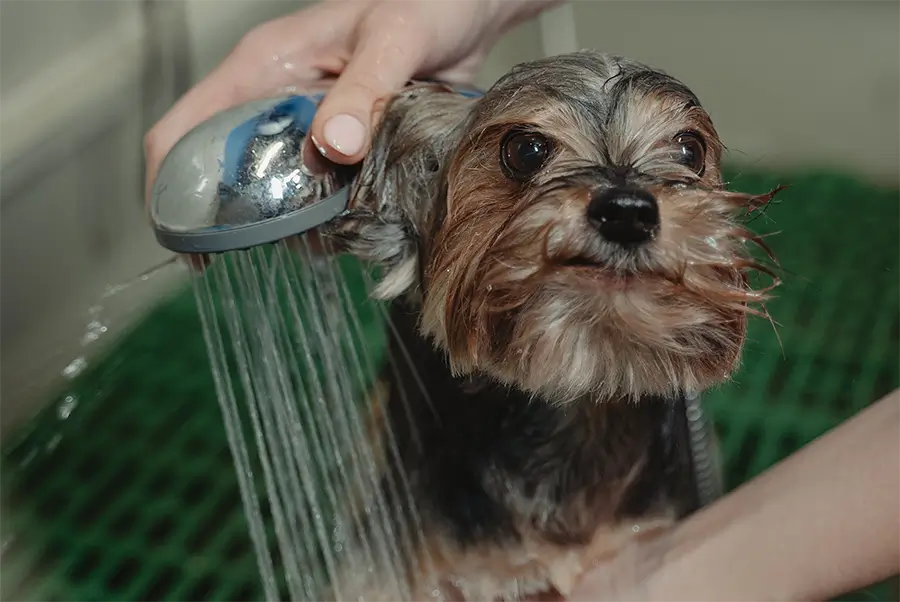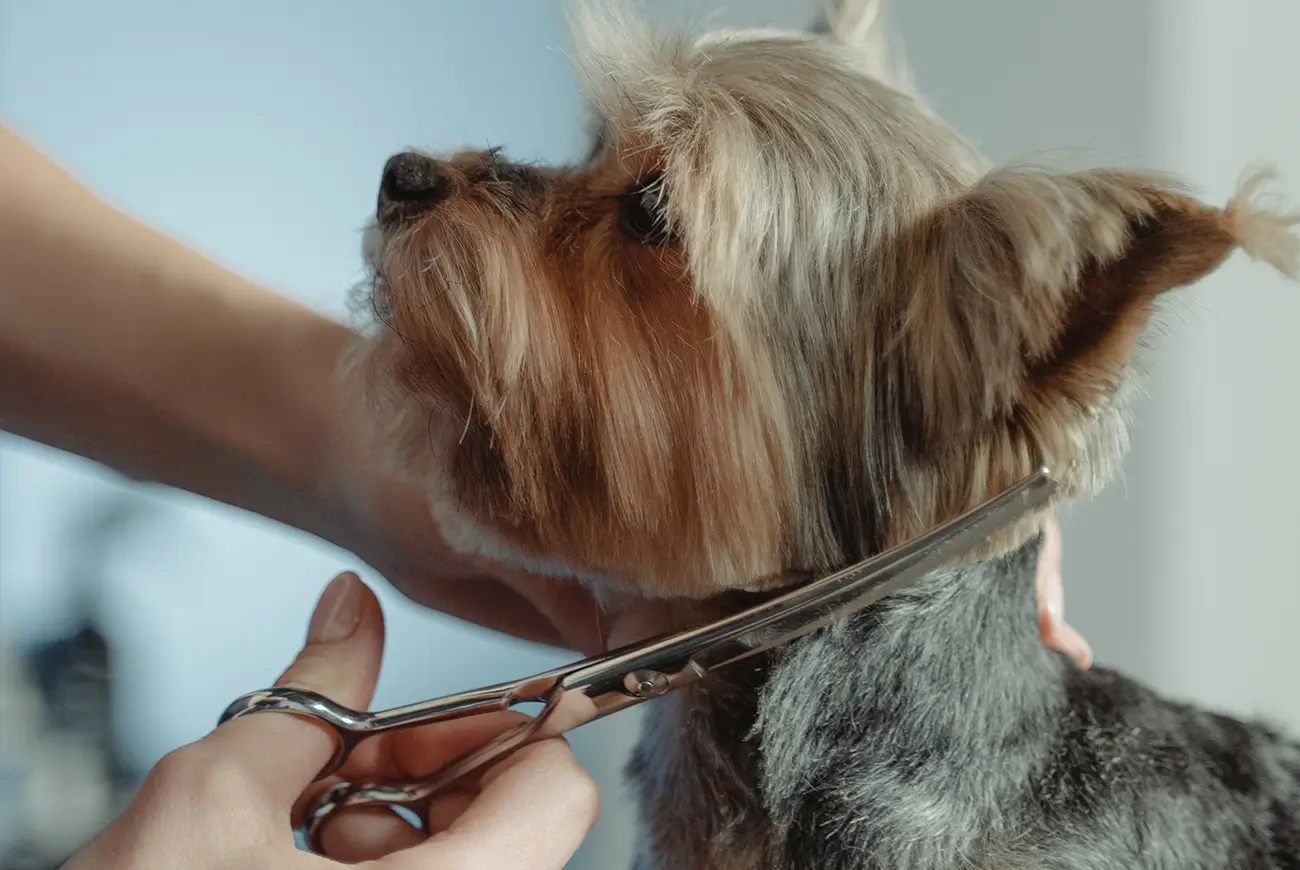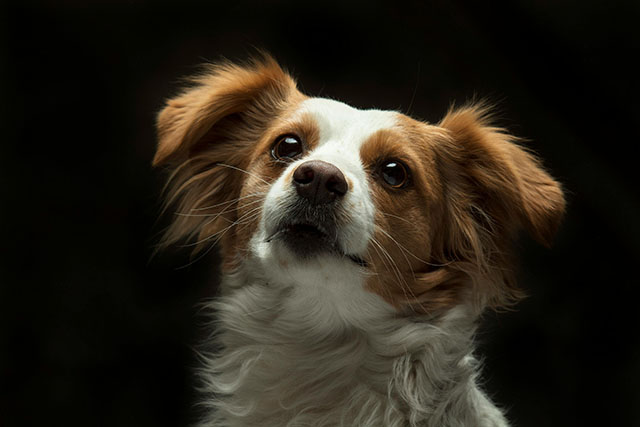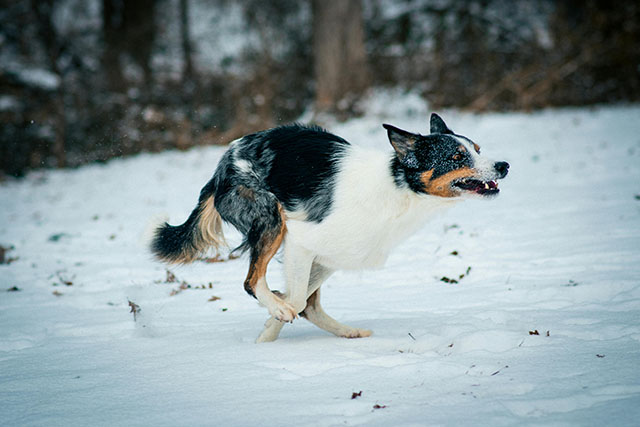Grooming your dog is more than just a cosmetic endeavor; it’s a fundamental aspect of their overall well-being. The health of your furry friend’s skin and fur directly reflects their internal health, and grooming plays a crucial role in maintaining both. While many dog owners understand the importance of regular brushing, there are various grooming techniques and practices that contribute to achieving the ideal coat health for your canine companion.
The Importance of Grooming: Beyond Appearance
The significance of grooming goes far beyond aesthetics; it’s about ensuring your dog’s physical comfort and health. A dog’s coat serves several vital functions, including:
- Insulation: A healthy coat helps regulate your dog’s body temperature by providing insulation against both cold and hot weather.
- Protection: It acts as a protective barrier against external elements, such as dirt, debris, and harmful UV rays.
- Communication: A dog’s coat can serve as a means of communication with other dogs and their human companions, conveying emotions and social signals.
- Skin Health: The condition of your dog’s skin directly impacts their coat health. Regular grooming can help identify and address skin issues early.
Essential Grooming Tools
Before delving into the specifics of grooming, it’s essential to have the right tools at your disposal. Here are some indispensable grooming tools every dog owner should possess:
- Brushes: Invest in a variety of brushes suitable for your dog’s coat type, such as slicker brushes, pin brushes, and shedding blades. Each type serves a unique purpose in maintaining coat health.
- Combs: Wide-toothed and fine-toothed combs are essential for detangling and removing debris from your dog’s fur.
- Shampoo and Conditioner: Use high-quality, dog-specific shampoo and conditioner to maintain a healthy and clean coat.
- Nail Clippers: Regular nail trimming is crucial to prevent overgrowth, discomfort, and issues with gait.
- Ear Cleaning Solution: A pH-balanced ear cleaner helps keep your dog’s ears free from wax and debris.
- Coconut Oil: Natural and nourishing, coconut oil can be applied to your dog’s fur to promote skin and coat hydration and shine.
Proper Brushing Techniques
Brushing your dog’s coat is the cornerstone of any grooming routine. Here’s a step-by-step guide to effective brushing:
- Choose the Right Brush: Select an appropriate brush for your dog’s coat type. Slicker brushes are excellent for removing tangles, mats, and loose hair from dense coats.
- Start Slowly: Always begin the grooming session gently. Introduce your dog to the sensation of brushing and monitor their comfort level.
- Brush in the Right Direction: Brush your dog’s fur in the direction of hair growth to prevent discomfort or pulling.
- Remove Mats and Tangles: For mats and tangles, use a rake brush, starting at the edges and working your way inwards. Be patient and gentle to avoid hurting your dog.
- Use a Pin Brush: Finish with a pin brush to massage the coat, restore shine, and provide a positive grooming experience.
- Shedding Control: If your dog has a thick coat, consider incorporating a shedding blade or comb to remove excess fur effectively.
Bathing: A Delicate Balance

Bathing is another crucial aspect of maintaining your dog’s coat health, but it should be done with care. Over-bathing can strip away essential oils, leading to dry and irritated skin. Here’s how to strike the right balance:
- Frequency: Only bathe your dog when necessary. Regular brushing can help minimize the need for frequent baths.
- Gentle Products: Use gentle, vet-approved shampoos and conditioners that are appropriate for your dog’s skin type.
- Thorough Rinsing: Ensure thorough rinsing to remove all shampoo and conditioner residues.
Additional Grooming Tips
In addition to brushing and bathing, there are several key grooming practices to incorporate into your routine:
- Nail Trimming: Regular nail trimming prevents overgrowth and discomfort. Only trim to the quick, the pinkish line inside the nail.
- Ear Cleaning: Maintain clean ears by gently wiping them with a damp, pH-balanced ear cleaner.
- Supplements: Consider adding dog-friendly supplements to your dog’s diet, such as omega-3 fatty acids, vitamins, and minerals, to support skin and coat health.
- Balanced Diet: Ensure your dog’s diet is rich in healthy fats and nutrients essential for coat health. Consult your vet for dietary recommendations.
The Bonding Aspect of Grooming
Beyond the tangible benefits of a healthy coat, grooming your dog fosters a deeper bond between you and your furry companion. It’s an opportunity for trust-building, affection, and quality time together.
In summary, grooming your dog for optimal skin and fur health is a multifaceted practice that ensures their comfort, health, and appearance. By incorporating regular brushing, occasional baths, nail trimming, ear cleaning, a balanced diet, and grooming products into your routine, you can help your canine companion enjoy a happy and healthy life. Grooming isn’t just a maintenance task; it’s a means of showing love and care for your cherished pet.
Jessica is a veterinary medicine student who is passionate about animals. Living with her cherished dog, Milo, deepens her understanding of the human-animal connection, enhancing her empathy as a future veterinarian.
Jessica’s concise articles reflect her dedication to improving the lives of animals and those who care for them, making her an inspiring figure in the pet care field.




